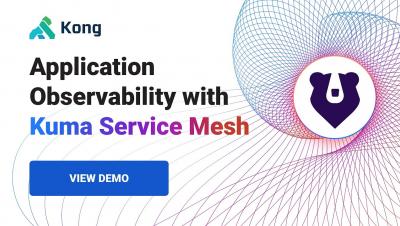Systems | Development | Analytics | API | Testing
API
2021 Cloud Connectivity Innovator Award Winners: Big Success, Great Advice
Many organizations have been able to accomplish impressive things using Kong products, including Kong Konnect, Kong Enterprise, Kong Gateway, Kuma and Insomnia. We recently honored four of these enterprises in the inaugural Cloud Connectivity Innovator Awards program during Kong Summit 2021.
The HTTP/2 Landscape in 2021
When the internet first came into existence in 1983, its communication channels didn't exist, and it was just operational enough to be used for research purposes. In 1989, Tim Berners-Lee had the idea to develop a system for the internet using TCP/IP protocols. That public project at CERN introduced HTTP, HTML, World Wide Web (WWW), and a client-server as communication mechanisms. In this post, you'll learn how HTTP protocol works and how new versions brought it to where we are now, with the widely used HTTP/2 in 2021.
Supercharge Kubernetes Ingress with Kong
How Fivetran Uses the Looker API
The Looker API allows you to programmatically manage your Looker environment. Learn how to do it here!
What's Holding Us Back From True Hybrid and Multi-Cloud Applications?
There are good reasons for spreading workloads and applications across multiple clouds. Options include using a combination of public and on-premises cloud platforms, a strategy known as hybrid cloud—or using more than one public cloud provider, a strategy known as multi-cloud. What are those benefits? And what are some of the best strategies for achieving them? Let’s explore that.
How to Test HTTP/2 APIs
Slowly but surely, HTTP/2 is becoming the favored protocol for transporting data files between clients and servers. While HTTP/1 used to be the only way of loading web applications, it’s now lagging behind, especially on the UX front. Since 2015, HTTP/2 APIs have taken the lead with lightning-fast server responses. In particular, they’re responsible for state changes and server responses without the need for browser reloads.










